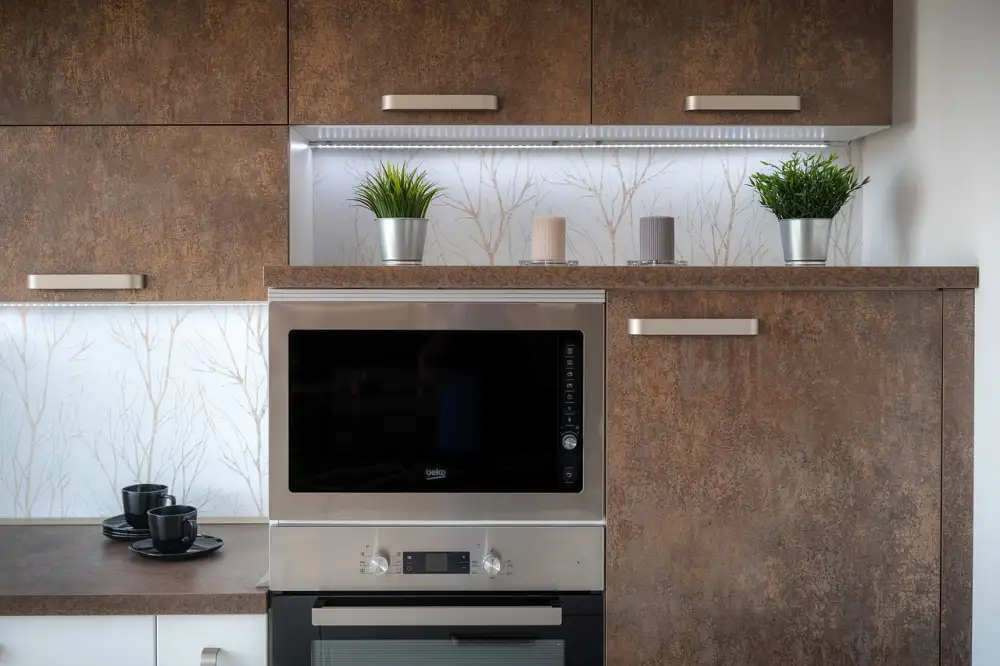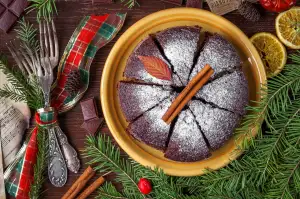Mastering Convection Oven Cooking: Essential Tips for Home Chefs

Convection ovens are a game-changer in the kitchen, offering more efficient and even cooking compared to conventional ovens. The key difference lies in how they circulate hot air using a fan, which speeds up the cooking process and results in food that is evenly cooked on all sides. This technology not only reduces cooking time but also allows for lower cooking temperatures, making it ideal for roasting, baking, and broiling a wide range of dishes. By understanding how to properly utilize a convection oven, home chefs can elevate their cooking skills and achieve professional-level results from the comfort of their own kitchen.
Preheating the Convection Oven
Preheating your convection oven is crucial to ensure even cooking and optimal results. Unlike traditional ovens, convection ovens rely on the circulation of hot air to cook food efficiently. By preheating the oven to the desired temperature before placing your food inside, you allow the air to reach the ideal temperature for consistent cooking. This step is especially important for recipes that require precise timing and temperature control. Most convection ovens have a preheat indicator that lets you know when the oven has reached the set temperature, ensuring that your dishes start cooking at the right moment for perfect results.
Adjusting Cooking Time and Temperature
When using a convection oven, it is crucial to adjust the cooking time and temperature compared to conventional ovens. The circulating hot air in convection ovens cooks food faster and more evenly. As a general rule, reduce the cooking temperature by 25 degrees Fahrenheit and decrease the cooking time by about 25% when using a convection oven. It is recommended to start checking your food a few minutes before the original recipe suggests to prevent overcooking. Experiment with different settings to find the perfect balance for your dishes.
Placement of Cookware in the Oven
When using a convection oven, it's crucial to consider the placement of your cookware for optimal results. To ensure even cooking, always place your dishes in the center of the oven. This allows hot air to circulate around the food evenly, resulting in consistent cooking throughout. Avoid overcrowding the oven by leaving enough space between dishes and around the edges of the cookware to allow proper air circulation. Additionally, use light-colored or reflective pans to prevent excessive browning on the bottom of your dishes. By following these simple guidelines, you can make the most out of your convection oven and elevate your cooking skills to new heights.
Utilizing Multiple Racks for Cooking
When utilizing multiple racks in a convection oven, it's essential to ensure proper air circulation for even cooking. To achieve this, stagger the placement of your cookware on different racks, allowing hot air to flow around each dish effectively. Be mindful of overcrowding the oven with too many items as this can obstruct airflow and lead to uneven cooking. Additionally, rotating the position of your dishes halfway through the cooking process can help promote consistent results across all racks.
Monitoring Food During the Cooking Process
Monitoring food during the cooking process is crucial when using a convection oven to ensure that your dishes are cooked to perfection. Unlike traditional ovens, convection ovens circulate hot air around the food, which can lead to faster and more even cooking. To monitor your food effectively, use an oven-safe thermometer to check the internal temperature of meats and baked goods. Additionally, visually inspecting your dishes through the oven window can help you gauge their progress without opening the oven door and disrupting the airflow. Remember to use oven mitts and be cautious when peeking into the oven to avoid burns from the hot air inside. By staying vigilant and regularly checking on your food, you can prevent overcooking or undercooking and achieve delicious results every time.
Cleaning and Maintenance Tips
**Cleaning and Maintenance Tips**
Proper cleaning and maintenance of your convection oven are essential to ensure its longevity and optimal performance. Start by allowing the oven to cool completely before cleaning. Use a damp cloth with mild soap to wipe down the interior and remove any food residue or spills. For stubborn stains, create a paste using baking soda and water, apply it to the affected areas, and let it sit before scrubbing gently.
Regularly clean the oven racks by soaking them in warm, soapy water and scrubbing off any grease or grime. Ensure that the oven door is also cleaned both inside and out to maintain visibility while cooking. Remember to check and replace any worn-out seals around the door to prevent heat loss during operation.
Additionally, schedule periodic maintenance checks for your convection oven to ensure all components are functioning correctly. Consult the manufacturer's manual for specific instructions on how to care for your particular model. By following these cleaning and maintenance tips, you can prolong the life of your convection oven and continue enjoying delicious meals cooked with precision.
Troubleshooting Common Issues
1. Uneven Cooking: If you notice that your food is cooking unevenly in a convection oven, it could be due to overcrowding the oven or improperly placing the cookware. Ensure there is enough space between dishes and use appropriate cookware to promote even air circulation.
2. Food Burning: If your food is burning on the top or edges while using a convection oven, it may be because the temperature is set too high. Lowering the temperature slightly and covering delicate items with foil can help prevent burning.
3. Excessive Drying: Some foods may become overly dry when cooked in a convection oven. To combat this issue, try reducing the cooking time or lowering the temperature. Additionally, covering dishes with lids or foil can help retain moisture.
4. Fan Not Working: If you find that the fan in your convection oven is not functioning properly, it could lead to uneven cooking. In this case, it's best to contact a professional technician for repairs to ensure optimal performance.
By addressing these common issues and following proper techniques, you can make the most out of your convection oven and elevate your cooking skills at home.
Published: 25. 03. 2024
Category: Home



